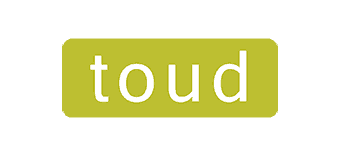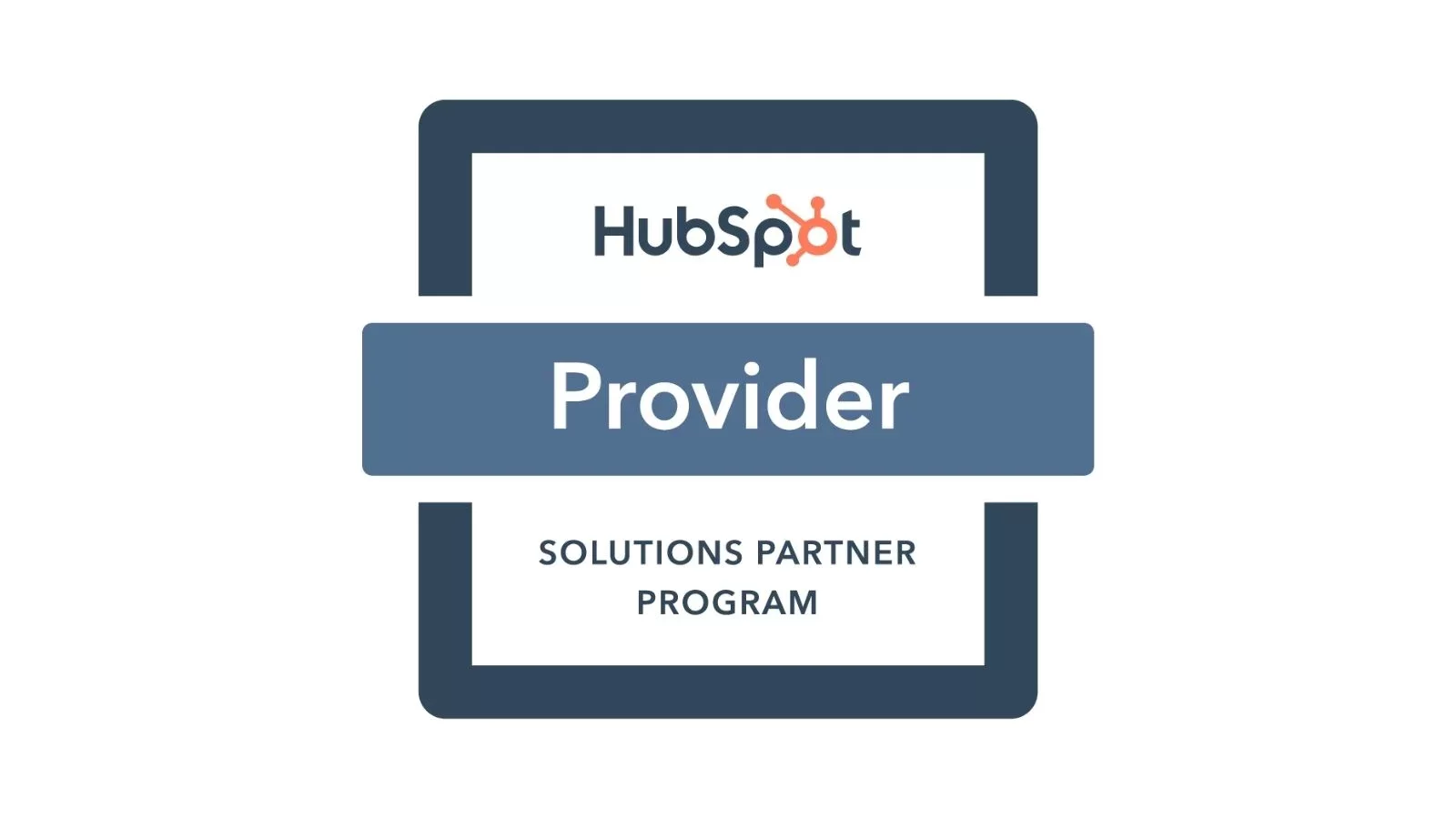6 steps to follow in the logo design process
This is an article for entrepreneurs at the beginning of the road and for professionals in marketing departments who are going to launch new organizations, companies, products, services. The process of recreating, modernizing, updating a logo is different from it, it involves a different approach and other resources.
The logo design process that we illustrate below, in the 6 steps, is the process that we use at Toud. It differs from one agency to another, but it is important that this process, whatever the number of steps it involves, address the key elements outlined below (understanding organization/products/services, developing brief creation, achieving visual identity, including logo, development of materials needed in communication).
A logo must be relevant, simple and different – if it meets these elements, it will fulfill its role, that of identifying an organization/product/service and that of a symbol, an element capable of expressing later a series of meanings related to the organization, product, service.
Logo design in 6 steps
1. Understanding and defining the context
Understanding the context (organization/products/service), the market, competition, audience (stakeholders). This stage is essential, in order to be able to create a graphic element that will have the role described above (to represent a suite of elements) you will have to understand what these elements are and, moreover, what is their importance.
This stage is not done by a creative team, it should be done in a stage of defining the brand strategy. This stage will be done in a mixed team – agency + people from the organization.
During this stage, a lot of research is done, things are being observed, measured, analyzed, communicated.
Without this stage you will definitely end up in the context in which you will build a logo (maybe beautiful) irrelevant to your context. Why? Because this context is not defined, it is not understood.
2. Making the creation brief
In this stage, based on the information collected in stage no. 1, a creative brief will be built. It is made by the work team from the first stage + a person / a creative team.
The role of this stage is to draw the limits within which the creative team will act and the information base they will use.
After the first stage, a huge volume of data will result. It will be “too much” for the creative team and ultimately unusable. Therefore, a small part of it, translated into an accessible, very simplified language, should reach a creative team.
A balance line will be needed, in the sense that a very complicated and specific brief will limit the team’s creative capacity, as well as a vague brief that allows infinite directions. For us, the most complicated briefs were the very vague ones. Effectively, the existence of an infinity of a creative direction blocks the creative capacity and throws the team in an endless debate on the subject of the relevance of creation in context, a defined superficial context. Obviously, such an approach leads nowhere due to a lack of information.
3. Creation
This step is unique for every agency. From our point of view, this stage must be done patiently, with a focus on finding a single solution, the winning solution. We draw a lot by hand at this stage and we actually do tens, hundreds of simulations. Only later we draw in digital tools. Inspiration still matters at this stage. It can come from anywhere. There have been cases where old pre-Christian symbols have led us to the final shape of a logo or cases where elements of nature or even simplified silhouettes multiplied in patterns have led to a solution.
There is no recipe here, there is discipline, many sketches, a lot of team communication, the courage to explore various sources of inspiration and a strong stubbornness in finding the solution, the winning option.
4. Testing
It’s hard to test a logo, almost impossible, but a few things can be done. We recommend a few actions. It is important that the team involved in the strategy process, creation of the design brief, see as many simulations with the logo as possible. To actually see how it works for the brand. These simulations should be large ones (e.g. billboards), but also as small as possible (logo on a pen, on a business card, in the footer area of the website). The digital area is also very important. What will the logo look like on Instagram or LinkedIn?
Then it can be tested internally. Testing doesn’t mean asking employees or actual/potential customers how they evaluate the logo. They are not designers, they are not strategy people, they don’t know the creative brief, they don’t have access to all the strategy elements, so they will not be able to make an assessment. You just have to see to what extent the logo is accepted and understood, what associations it creates, how expressive it is. You can do this testing both indoors and with smaller groups in the stakeholders’ sphere, in a controlled and controllable univers
5. Aggregation of a visual identity guide
In this process, not only you make a logo, but a suite of elements meant to give unity and harmony, meant to facilitate identification. It is also very important to create from this very stage a number of layouts: elements for the website, elements for social media – Facebook, LinkedIn, etc. Word, PowerPoint, business cards, envelopes, cars, etc. will also be included here.
Our recommendation is to opt for a generous set of visual elements because like that you will increase the quality of execution on these materials. What do we really want to say? Most of the time, the graphic elements created one month, 15 months, or 3 years after the visual identity was created will not have the same depth or relevance as those initially created. Moreover, there is the risk that they will not be able to transmit the elements included in the brief. That doesn’t mean that you have to imagine from now all the elements you will need in the next 10 years. You need balance here too.
6. Launching the new visual identity
Things are simple when it comes to a new brand. They become complicated if we talk about an old brand that receives a new visual identity. This topic must be treated with the utmost care so as not to affect the brand equity – the value of the brand. An indoor launch and the mechanisms to make the employees understand the visual identity, accept it, assume it, and “pass it on” with maximum confidence are very important.
There is a lot to say about the logo design process. Here we have briefly described 6 steps. Each of them requires maximum attention, a sustained and well-designed effort, and a focus on adding value to the group of people that the brand serves.
We are here to help you tell your story, including building a suitable logo design process. Use the contact section to tell us what your needs are and what problems you think you can solve through branding and design.
Toud team
Examples of logos created by Toud

















Leave a Reply
Want to join the discussion?Feel free to contribute!